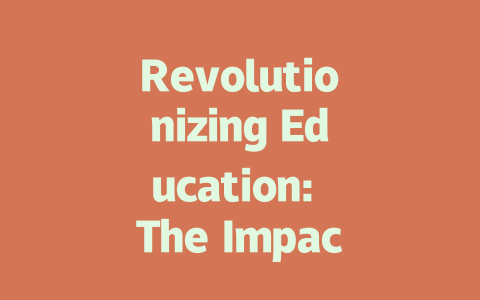
In recent years, Artificial Intelligence Generated Content (AIGC) has made significant strides across various fields, and photography education is no exception. As new technologies emerge, they reshape how students and educators approach learning, creativity, and artistic expression. This article explores the transformative power of AIGC in photography programs, highlighting its benefits, challenges, and future implications.
Understanding AIGC in Photography
AIGC refers to content that is created or significantly enhanced by artificial intelligence. In photography, this can range from automated image tools that assist in capturing images to advanced editing software that utilizes machine learning to enhance photos. AIGC tools can help aspiring photographers analyze their work, learn new techniques, and explore creative possibilities that were previously unattainable.
Enhancing Creativity and Learning
One of the major benefits of integrating AIGC into photography education is the enhancement of creativity. Traditional photography education often focuses on technical skills and understanding the mechanics of camera operation and composition. AIGC tools can allow students to experiment with different styles and concepts without the fear of wasting time or resources. For instance, AI-driven platforms can provide instant feedback on composition and lighting, allowing students to learn and apply concepts rapidly.
Moreover, AIGC can introduce students to a wider array of techniques and styles, including styles from renowned photographers. By analyzing large datasets of images, AI can generate unique editing styles or suggest improvements, pushing students to think outside the box and expand their creative horizons.
Overcoming Technical Barriers
Photography can be an expensive pursuit, requiring significant investment in equipment, software, and learning resources. AIGC has the potential to lower these barriers by offering affordable or free alternatives that still provide high-quality outcomes. AI-driven editing tools can replace costly software subscriptions, allowing students access to powerful editing capabilities without the financial strain.
Additionally, AIGC can assist students in mastering technical skills more efficiently. Tutorials integrated with AI can offer personalized learning experiences, adapting to the student’s pace and areas of difficulty, thereby fostering a more comprehensive educational experience.
Ethical Considerations and Challenges
Despite the numerous advantages that AIGC brings to photography education, there are ethical considerations to address. The use of AI in creating or manipulating images raises questions regarding authenticity and the definition of creativity. If an AI generates an image, who owns the intellectual property? Moreover, educators must grapple with the implications of relying too heavily on AI, which may diminish the intrinsic value of manual skills and personal vision in photography.
Additionally, there is a concern that the proliferation of AI-generated content could oversaturate the market, making it more challenging for original work to stand out. Programs must strike a balance between leveraging AIGC tools and fostering a strong foundation in the traditional skills that define the art of photography.
The Future of AIGC in Photography Education
As technology continues to advance, the role of AIGC in photography education will undoubtedly evolve. Future programs may increasingly incorporate AIGC tools into their curricula, emphasizing a hybrid approach that combines traditional skills with modern techniques. Educators will need to adapt their teaching methods and update their curriculum to reflect these innovations.
Furthermore, the conversation around ethics and authenticity in the digital age will continue to be crucial. Photography programs must emphasize critical thinking and the importance of maintaining artistic integrity in a world increasingly influenced by artificial intelligence.
Conclusion
The impact of AIGC on photography education is profound and multifaceted. By enhancing creativity, overcoming technical barriers, and prompting critical discussions about ethics, AIGC is revolutionizing how photography is taught and practiced. As educators and students navigate this new landscape, the fusion of traditional artistry with cutting-edge technology will undoubtedly shape the future of photography as an art form.







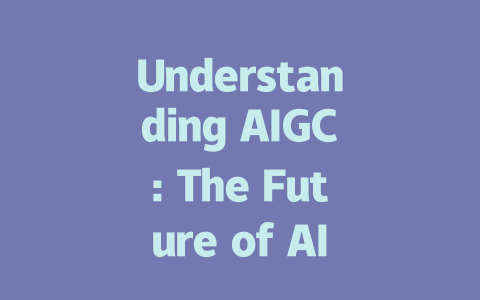
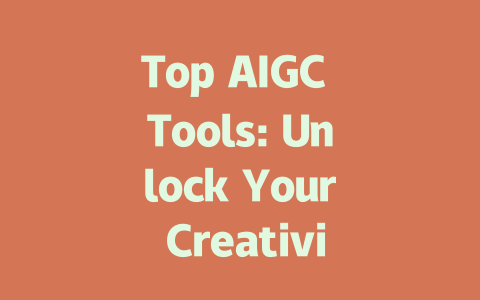
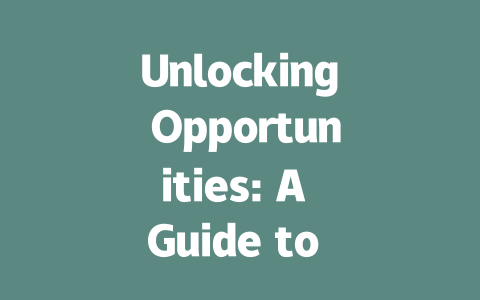

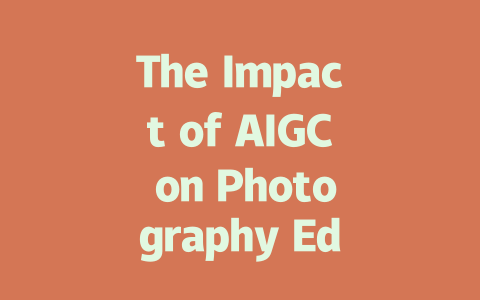
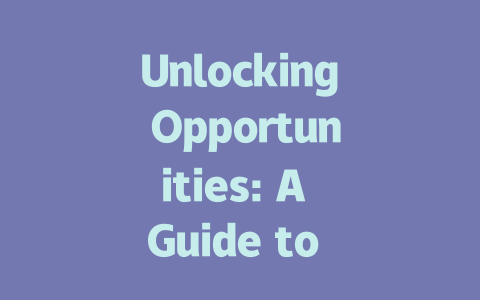

暂无评论内容